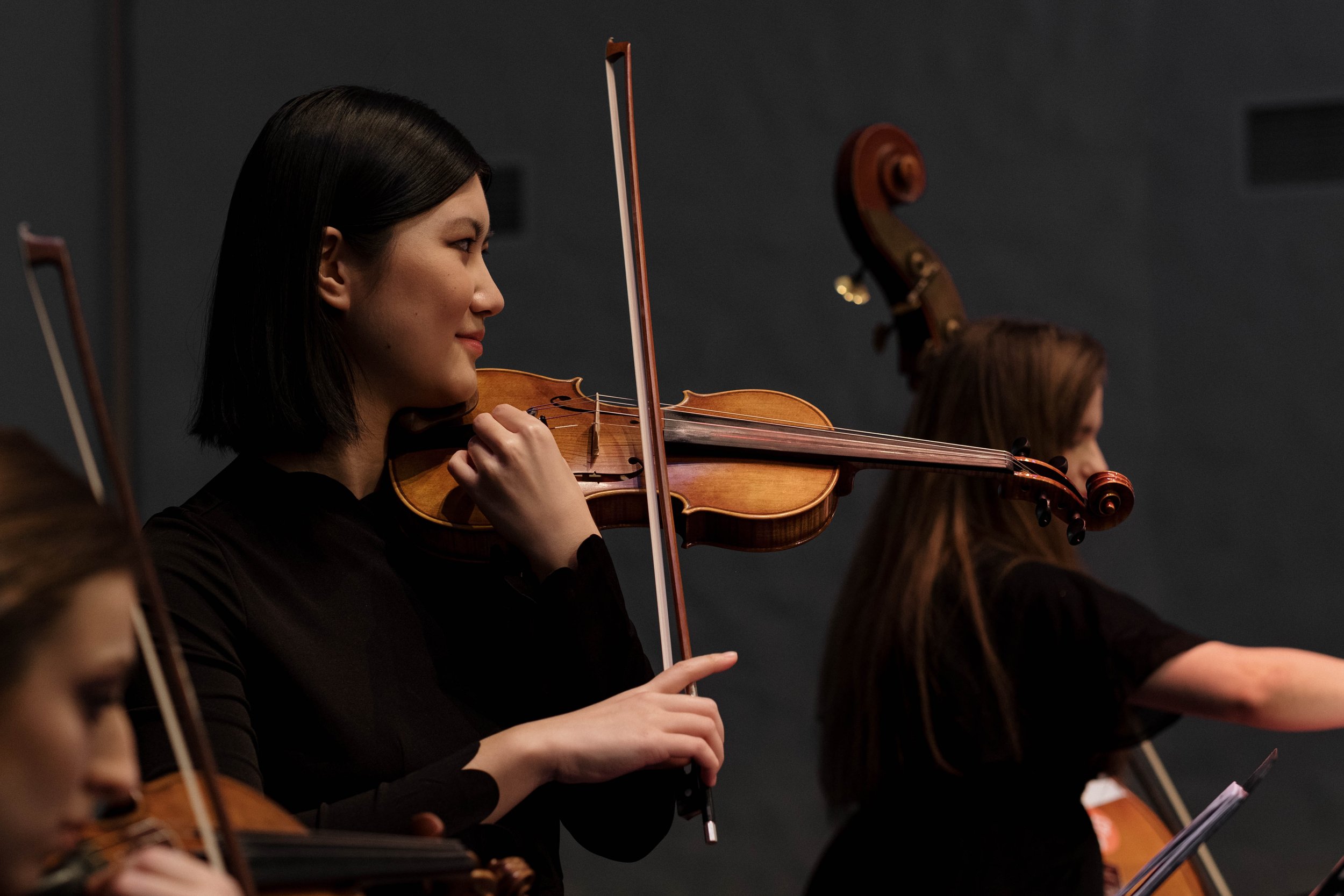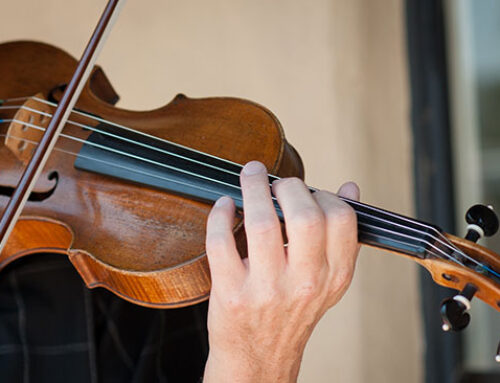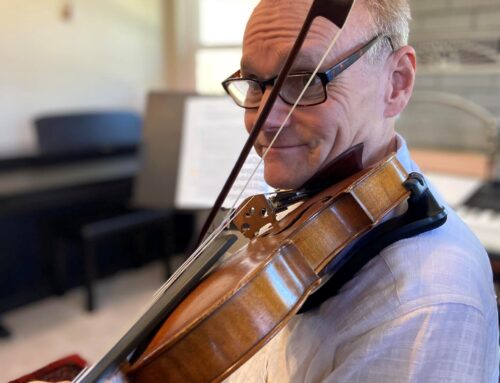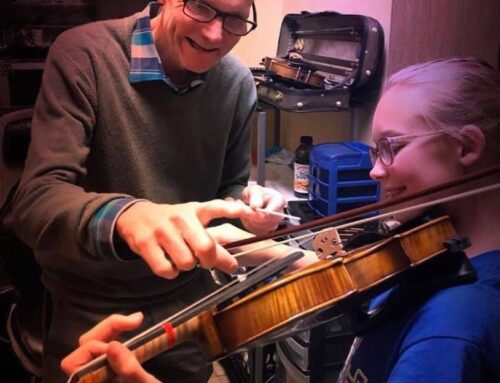The journey of learning to play the violin is both challenging and rewarding. Starting your exciting path of learning to play the violin opens up a world of musical possibilities. However, it’s crucial for beginners to be aware of common pitfalls that can hinder their progress. Let’s discuss these mistakes and offer insights to ensure a smoother learning experience.
- Neglecting Proper Posture and Positioning
One prevalent error among beginners is overlooking the significance of correct posture. Establishing a solid foundation starts with how you hold the violin and position your body. Take time to understand the proper posture, as it directly affects your playing technique and prevents strain.
- Skipping Fundamental Techniques
Rushing through the basics might seem tempting, but neglecting essential techniques can lead to long-term challenges. Focus on mastering basic bowing and fingering techniques before advancing to more complex pieces. A strong foundation ensures a more seamless progression in your violin journey.
- Ignoring the Importance of Tuning
A well-tuned violin is paramount for producing beautiful music. Beginners often overlook the importance of regular tuning, resulting in off-key performances. Invest time in learning to tune your violin correctly and make it a habit before each practice session.
- Overlooking the Role of Proper Bowing
The bow is a violinist’s extension, and mastering its use is crucial. Common mistakes include uneven pressure, incorrect bow placement, and inconsistent speed. Devote practice time to refining your bowing technique, as it significantly impacts the tone and quality of your playing.
- Neglecting Ear Training
Developing a keen ear for music is fundamental to becoming a skilled violinist. Beginners often bypass ear training, relying solely on sheet music. Incorporate regular ear training exercises to enhance your ability to play by ear and improve overall musicality.
- Setting Unrealistic Practice Goals
While enthusiasm is commendable, setting overly ambitious practice goals can lead to frustration. Establish realistic, achievable targets to maintain motivation and prevent burnout. Consistency in practice, even for shorter durations, yields better results than sporadic, intensive sessions.
- Lack of Patience in Progression
Learning any musical instrument takes time, and the violin is no exception. Impatience with slow progress can demotivate beginners. Celebrate small victories, stay patient, and embrace the gradual improvement that comes with persistent practice.
- Underestimating the Importance of Warm-Up Exercises
Another oversight in early violin learning is the tendency to skip warm-up exercises. Warming up is crucial to prevent injuries, enhance flexibility, and improve overall performance. Dedicate time to simple warm-up routines to prepare your muscles and ensure a more comfortable and productive practice session.
Wrapping Up
The journey of learning to play the violin is a fulfilling endeavor, but it requires diligence and attention to detail. By avoiding these common mistakes and prioritizing foundational skills, beginners can learn violin instruction and set themselves up for a rewarding musical journey. Embark on your violin learning journey with precision and expertise. For personalized guidance and instruction, consider reaching out to Paul Ciolek, a renowned name in violin education. Your musical aspirations are in capable hands.






Leave A Comment